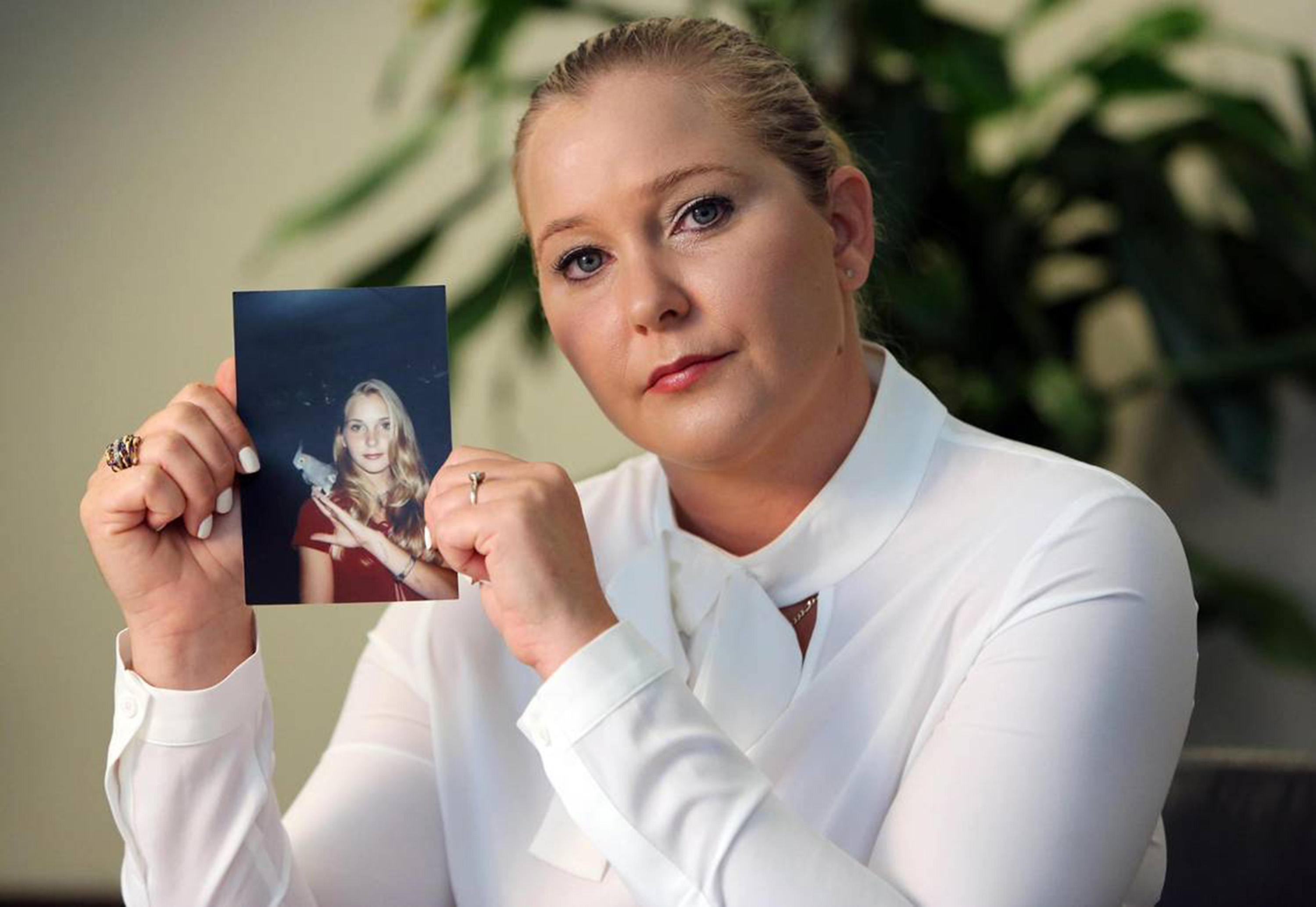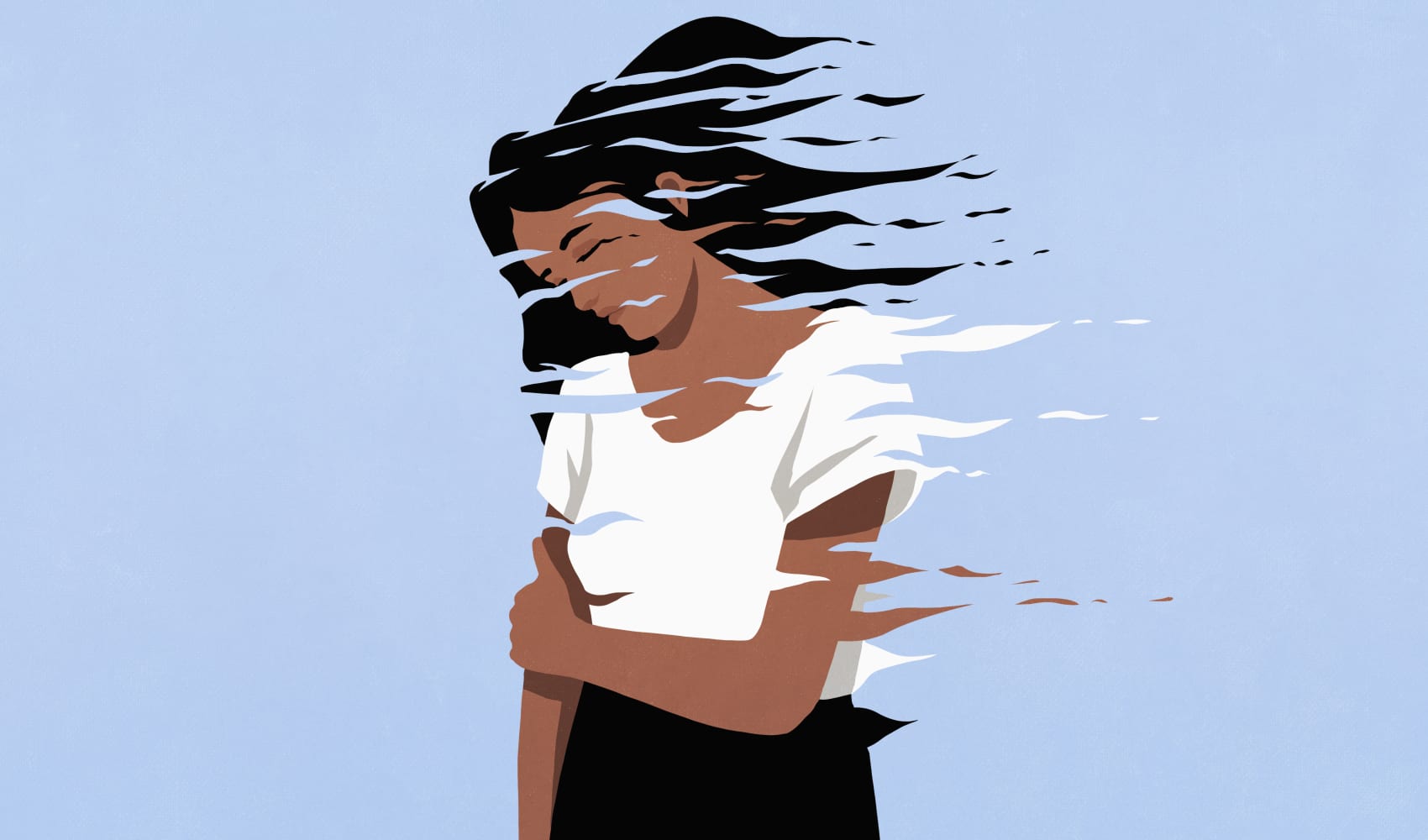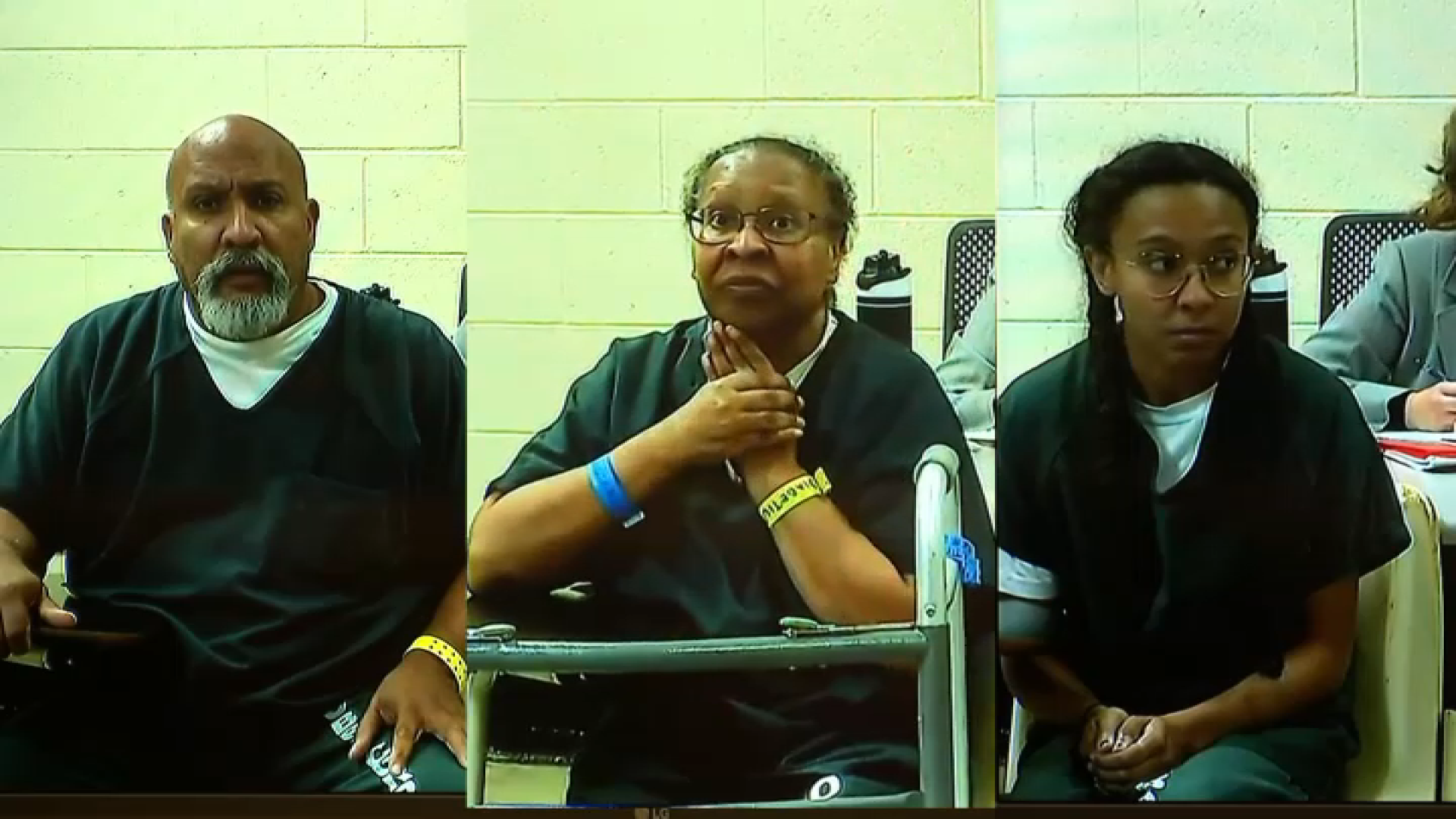Virginia Giuffre Suicide: A Survivor's Tragic End
A Voice Silenced: Virginia Giuffre's Tragic Death by Suicide
Introduction
The world is reeling from the news. Virginia Giuffre, a pivotal figure in the fight against Jeffrey Epstein's horrific abuse, has died by suicide at the age of 41. News outlets confirmed her passing on Friday, reporting she was residing in Neergabby, Australia, at the time. This devastating event underscores the immense trauma experienced by survivors and the long-lasting impact of abuse. But, what does her death mean for the ongoing pursuit of justice and healing for other victims?
A Champion for Survivors
Virginia Giuffre wasn't just a name; she was a symbol. She was one of the first, and certainly one of the loudest, voices to bravely step forward and accuse Jeffrey Epstein of sexual abuse. Her courage paved the way for countless others to share their stories. Is it any wonder that her fellow survivors credited her with giving them the strength to speak out against their abuser?
The Ripple Effect of Courage
Giuffre's willingness to speak her truth had a profound ripple effect. It wasn't just about her own healing journey; it was about creating a safe space for other victims to come forward. Think of it like a single stone thrown into a pond – the initial impact is powerful, but the ripples spread far and wide, touching everything in their path.
Critical Contributions to Justice
Beyond her public advocacy, Giuffre provided invaluable information to law enforcement. Her testimony was instrumental in the investigation and subsequent conviction of Ghislaine Maxwell, Epstein's accomplice. It also fueled other investigations led by the U.S. Attorney for the Southern District of New York.
The Maxwell Conviction
The conviction of Ghislaine Maxwell was a significant victory for survivors. It sent a clear message that those who enable and participate in such heinous crimes will be held accountable. And Virginia Giuffre’s bravery played a vital role in bringing Maxwell to justice.
Life After Epstein: A Difficult Journey
Even after Epstein's death and Maxwell's conviction, the journey for survivors continued. The trauma of abuse is a lifelong burden, and the legal battles, though crucial, can be incredibly draining. Did the legal proceedings provide the closure they sought, or did they open up old wounds?
The Unseen Scars of Trauma
It's easy to focus on the legal victories and the public acknowledgment of the abuse. But what about the unseen scars? What about the emotional toll, the nightmares, the anxiety, and the difficulty trusting others? These are the battles that survivors fight every single day.
Moving to Australia: A New Beginning?
Giuffre had been living in Neergabby, Australia, for several years. Was this a deliberate attempt to distance herself from the trauma and start a new life? Was she seeking peace and anonymity in a place far removed from the spotlight?
Finding Solace in a Distant Land
Moving to a new country can be a transformative experience. It can offer a fresh perspective, a sense of independence, and a chance to rebuild a life on your own terms. But even in a distant land, the memories and trauma of abuse can still linger.
The Importance of Mental Health Support
Virginia Giuffre's death underscores the critical need for mental health support for survivors of abuse. The journey to healing is a long and arduous one, and it's essential that survivors have access to the resources they need to cope with their trauma.
Breaking the Stigma
There's still a significant stigma surrounding mental health, particularly for survivors of abuse. Many feel ashamed or afraid to seek help, fearing judgment or disbelief. But it's crucial to remember that seeking help is a sign of strength, not weakness. Access to mental health resources should be a right, not a privilege.
Remembering Virginia Giuffre's Legacy
Virginia Giuffre's legacy will endure as a symbol of courage, resilience, and unwavering commitment to justice. She faced unimaginable adversity with unwavering bravery. How will we honor her memory and continue her fight?
Continuing the Fight for Justice
Her death should not be in vain. It's a reminder that the fight against sexual abuse is far from over. We must continue to hold perpetrators accountable, support survivors, and work towards a world where such horrific crimes are no longer tolerated.
The Role of Media and Public Discourse
The media plays a crucial role in shaping public perception of abuse survivors. How can we ensure that media coverage is sensitive, responsible, and focused on empowering survivors rather than sensationalizing their stories? Media needs to be more responsible when telling these stories, not just for the clicks.
Avoiding Victim Blaming
It's essential to avoid victim-blaming at all costs. Survivors should never be made to feel responsible for the abuse they endured. Instead, we should focus on holding perpetrators accountable and creating a supportive environment for survivors to heal.
The Ongoing Epstein Investigation
While Epstein is dead, and Maxwell is imprisoned, the investigation into his network of enablers continues. Who else was involved, and what steps can be taken to bring them to justice? There's still so much more that must come to light.
Holding All Enablers Accountable
It's not enough to just focus on the direct perpetrators of abuse. We must also hold accountable those who enabled, facilitated, or covered up the abuse. This includes individuals in positions of power, institutions, and even entire systems that allowed the abuse to flourish.
Where Do We Go From Here?
Virginia Giuffre's death is a tragedy that should serve as a wake-up call. What steps can we take to prevent future abuse, support survivors, and create a more just and equitable world?
A Call to Action
We must continue to raise awareness about sexual abuse, support survivors, and advocate for policies that protect vulnerable individuals. We can volunteer with organizations, donate to causes that support survivors, and speak out against injustice wherever we see it. Every single voice counts.
Conclusion
Virginia Giuffre's tragic passing marks the end of a life dedicated to fighting for justice and healing. Her courage in coming forward against Jeffrey Epstein inspired countless others and contributed significantly to holding perpetrators accountable. While her loss is deeply felt, her legacy of resilience and advocacy will continue to inspire the fight against sexual abuse. We must honor her memory by continuing to support survivors, hold enablers accountable, and work towards a world where such tragedies are prevented. Her fight is now ours.
Frequently Asked Questions
Here are some frequently asked questions about Virginia Giuffre and the Epstein case:
- What was Virginia Giuffre's role in the Epstein case?
Virginia Giuffre was one of the first and most prominent survivors of Jeffrey Epstein's sexual abuse to come forward publicly. Her testimony was crucial in the investigation and conviction of Ghislaine Maxwell.
- Where was Virginia Giuffre living at the time of her death?
She was residing in Neergabby, Australia, at the time of her passing.
- What kind of support is available for survivors of sexual abuse?
There are numerous organizations that provide support for survivors, including counseling, legal aid, and advocacy services. RAINN (Rape, Abuse & Incest National Network) is a valuable resource.
- What is being done to hold other enablers of Jeffrey Epstein accountable?
The investigation into Epstein's network of enablers is ongoing. Law enforcement is actively pursuing leads and seeking to bring those who facilitated or covered up the abuse to justice.
- How can I help support survivors of sexual abuse?
You can support survivors by donating to organizations that provide assistance, volunteering your time, raising awareness about the issue, and speaking out against sexual abuse wherever you see it. Education and empathy are key.





